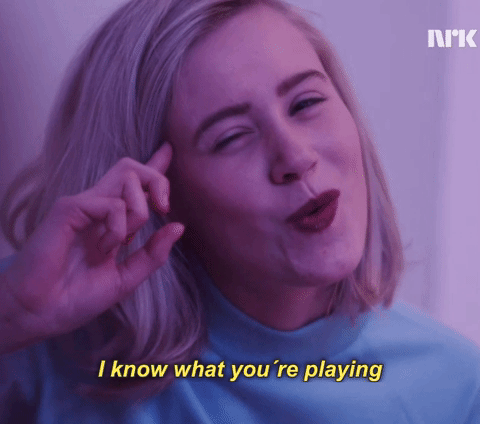In the fall of 2016, I found my Tumblr overrun with GIFs and text posts about a show that had just begun its third season. I was intrigued because the boy many of the posts revolved around was adorable and I'm a sucker for cute boys. I did a little digging and found out the show was called "SKAM," it was Norwegian, and every season focused on the perspective of a different character, which people often referred to as the "main." I began watching it around midterms that semester, and let me tell you, that was a mistake because "SKAM" took over my life.
The show is told in real time, which means that clips are dropped on the website at the time that they would actually be happening in real life. Over the course of a week, a clip or two is dropped almost every day and you never know when it's coming. Every Friday, the clips from that week get edited together to become an episode like a normal TV show. Through this medium, you are essentially living the character's life with them. It's an amazing concept, but completely time-consuming because you get so invested in the characters you end up spending all your time waiting for that next clip to drop.
The original Norwegian show had four seasons which meant there were four "mains": Eva, Noora, Isak, and Sana. The first season is about Eva finding a solid female friend group because she lost her previous friends after she began dating her boyfriend, Jonas. Eva's friend, Noora, who the second season is about, finds herself falling in love with a problematic boy and touches on eating disorders and sexual assault. The third season is about Isak, who is Jonas's best friend, and his story deals with accepting yourself and allowing yourself to open up to the people you are closest to.
In the fourth, and final, season, we see Sana, one of Eva and Noora's friends, trying to fit in with her friends and society around her while maintaining her faith in Islam. "SKAM" was praised for its realistic portrayal of teenagers lives, but also for touching on important topics that people often find shame or "skam" in, such as coming out, religious beliefs, relationships, and body image issues. There is something for everyone to relate to in this show and that is the reason the whole world fell in love with it.
Since "SKAM" released its final season in the spring of 2017, seven countries have made their own version of the Norwegian TV show: France, Germany, Italy, United States, Spain, Netherlands, and Belgium. The American version, "SKAM Austin," is special because the creator of the original Norwegian version, Julie Andem, directed and wrote all the episodes to fit her same storyline, but for an American audience. While not as good as the original (nothing will ever compare to the experience of watching the Norwegian version), I found myself enjoying this version in its own way.
I've enjoyed every new version of "SKAM" in its own way. It's so fascinating to see the way each country chooses to represent teenagers lives. You get to see and experience the way other people live in a different country without even having to go there and you find that you're not so different than one another. Every teenager experiences the same things growing up, it doesn't matter where you're from. "SKAM" has allowed people from all over the world to come together and share their experiences with each other and find people that can relate to them.
I've watched every version of my favorite show even though I already know what's going to happen. Getting to relive each of my favorite character's seasons in a new way is special because normally when a show ends you never see that character again (unless a reboot happens ten years later or something like that), but this way, my favorite show never ends and the characters get to keep living on, just in a different country. I look forward to seeing what country will remake "SKAM" next.


















